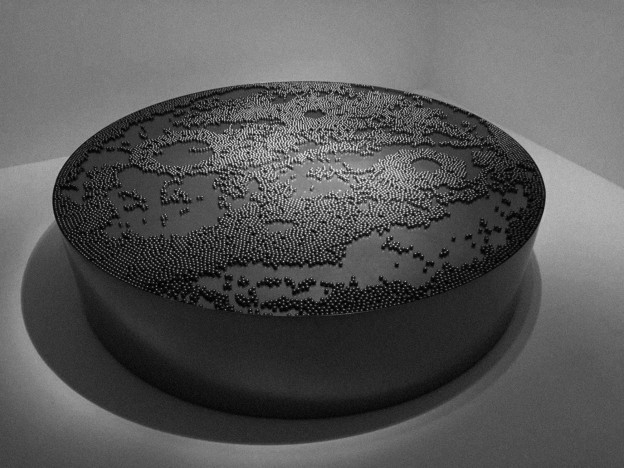Date: February 8, 2017. 18.00hrs
Location: Wijnhaven 61, Room 4.320, 4th floor
Admission: Free
From the first written records of design analysis until the recent past, the discussion of design has revolved around the relationship of form, function, and interpreted meaning. Meanwhile, material was seen as something neutral that merely awaited the application of a formal idea. This can be observed in the lag between the development of a new material and the discovery of its potential: for example, in architecture, the Greek stone temples echoed elements of wood construction, and cast iron structures originally took the motifs of stone carving. Form had its own development and momentum, often independent from that of material. This legacy carries on in some “iconic” buildings and products; the form is the central reference, the message of the work. This lecture suggests a different narrative in which design begins from the properties and transformations of “raw” material.
Several points will be examined:
- How did the philosophical and scientific discoveries of the Enlightenment change the way people looked at and altered material?
- How can the effects of these scientific discoveries be read in design prototypes and architectural examples of the 20th century?
- How did post-minimalism or the Fluxus movements in art contribute to this new investigation into material?
- How are the new heroes of architectural/design philosophy (Deleuze & Guattari/Manuel de Landa/James Gordon) championing the energetic potential of material over the arbitrary superficiality of form in design?
- How are contemporary designers engaging in this dialogue with material in different ways, crafting an idea in the material/energy (that is, the medium) itself?
Tamar Shafrir is a writer and designer based in Rotterdam. She works as a design researcher at Het Nieuwe Instituut and a lecturer on design and critical writing at the Design Academy Eindhoven and the Sandberg Instituut. Her writing has been published in magazines including Domus, Volume, Dirty Furniture, Disegno, and MacGuffin, as well as books including Printing Things, Open Source Architecture, SQM: The Quantified Home, and Symbolic Exchange. In 2013, she co-founded the studio Space Caviar with Joseph Grima in Genova. Their projects have been exhibited at the 2014 Venice Architecture Biennale, Vitra Design Museum, V&A, and Istanbul Design Biennial.
Image: Pol Bury, “Monument dédié à 12 000 billes”, 1971

